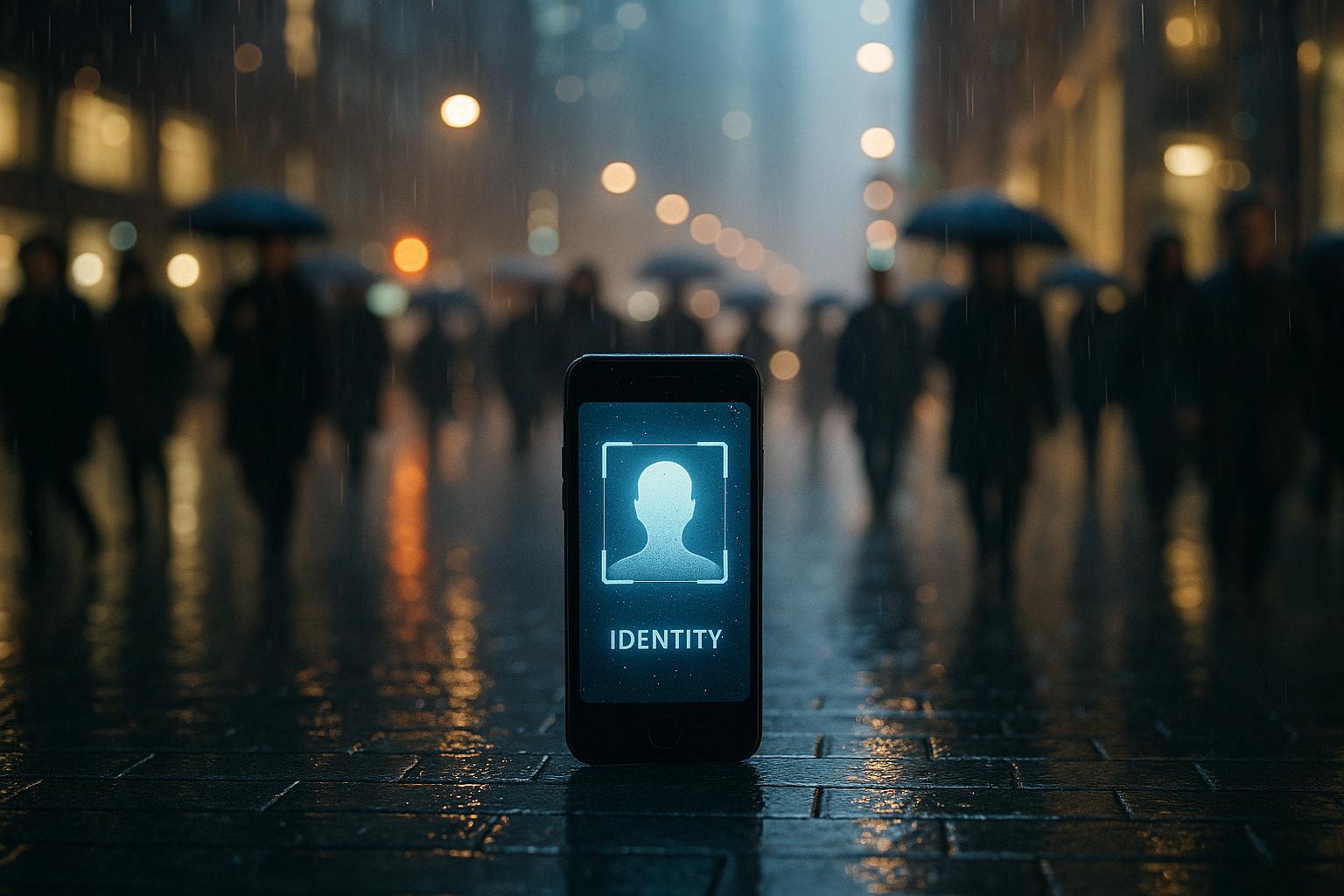At the recent Global Progress Action summit in London, key UK government officials highlighted plans to introduce a new digital ID system as a cornerstone of future public service reform and immigration control. Darren Jones, Chief Secretary to the Prime Minister, described this initiative as potentially "the bedrock of the modern state," emphasizing that gaining public support will be crucial to unlocking significant transformation in how public services operate.
Prime Minister Sir Keir Starmer has announced that the digital ID system will be smartphone-based and mandatory for proving the right to work in the UK. Although individuals will not be required to carry or present the ID routinely, it will be used centrally to verify eligibility for employment, thereby targeting illegal work. The system is slated to be available to UK citizens and legal residents by the end of the current parliamentary term, marking a significant shift toward digital verification in everyday life.
Further details reveal that the planned 'Brit-Card' would also act as a proof of entitlement to live and work in the UK, addressing illegal migration challenges. This card, accessible through a smartphone app, will be mandatory for new job starters and potentially for renting homes, linking checks to a central government database. However, implementing such compulsory ID cards will require new legislation, indicating forthcoming parliamentary debates.
The initiative has garnered support from former Prime Minister Sir Tony Blair, who has urged the government to adopt digital identity cards to strengthen immigration control while steering clear of distractions related to cultural or political debates often framed as 'wokeism.' Blair stressed the importance of embracing technological tools to create a more efficient and strategic government, aligning with Starmer's vision of a modern state underpinned by digital innovation.
The move towards digital IDs signals the government's intent to harness technology not only to enhance security and identity verification but also to streamline access to public services. By providing reliable proof of identity and status digitally, the government anticipates reducing illegal labour and migration, while potentially transforming the delivery and administration of welfare, healthcare, and other crucial services in the long term.
While the core aim is to combat illegal work and strengthen immigration controls, the broader promise of the digital ID system offers a vision of modern governance, potentially revolutionising citizen interaction with the state through secure, efficient, and mobile digital identification.
📌 Reference Map:
- Paragraph 1 – [1], [2]
- Paragraph 2 – [3], [6], [7]
- Paragraph 3 – [4]
- Paragraph 4 – [5]
- Paragraph 5 – [1], [2], [4]
- Paragraph 6 – [1], [2]
Source: Noah Wire Services
